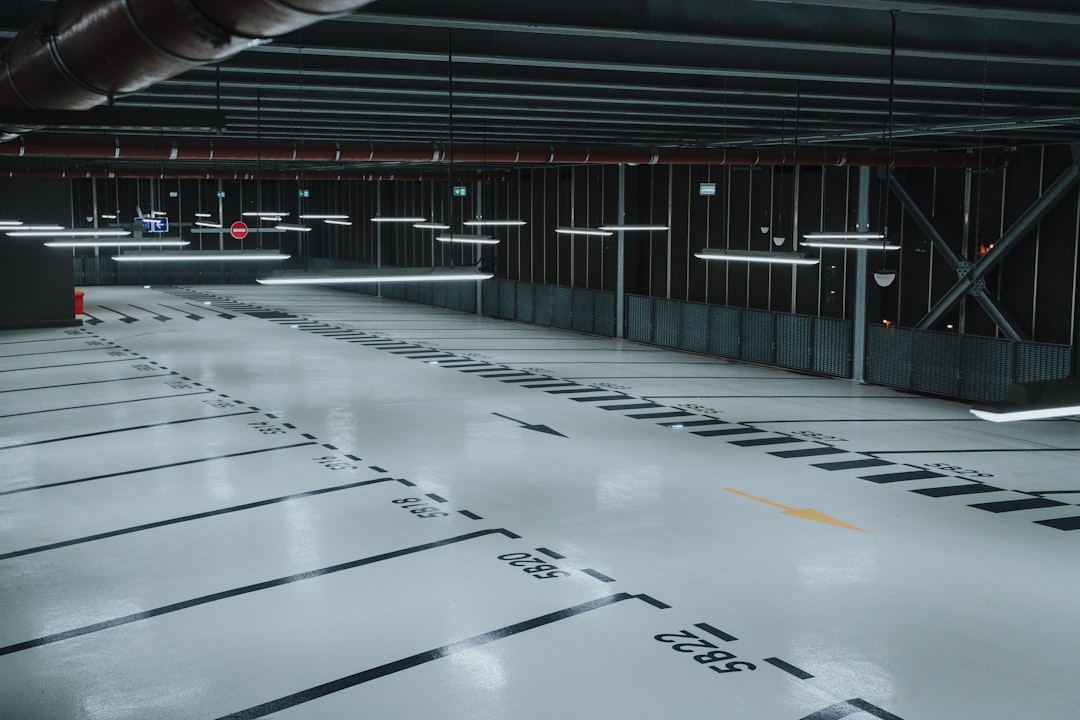body { font-family: sans-serif; line-height: 1.6; }
h1, h2, h3 { color: #333; }
img { max-width: 100%; height: auto; }
Steel, the backbone of modern construction and manufacturing, undergoes a dramatic transformation from its raw state to its final, usable form. Understanding the differences between raw and finished steel is crucial for anyone involved in engineering, construction, or manufacturing. This comprehensive guide delves into the key distinctions, exploring their properties, applications, and the processes that bridge the gap between the two.
1. The Birth of Steel: Understanding Raw Steel
Raw steel, also known as pig iron or molten steel, is the initial product of the steelmaking process. It’s produced in a blast furnace through a high-temperature reduction of iron ore with coke and limestone. This process yields a molten metal containing significant impurities like carbon, manganese, silicon, phosphorus, and sulfur. These impurities significantly affect the steel’s properties, making it brittle, weak, and unsuitable for most applications. Raw steel is not directly usable in construction or manufacturing; it requires further refining to become a useful material. Its appearance is typically a shimmering, molten liquid, extremely hot and requiring specialized handling and containment.
2. The Refining Process: From Raw to Finished Steel
The journey from raw steel to finished steel involves a series of crucial refining processes. The primary goal is to reduce the levels of impurities and precisely control the chemical composition to achieve desired properties. Common refining methods include the Basic Oxygen Furnace (BOF) and Electric Arc Furnace (EAF) processes. These processes involve blowing oxygen through the molten steel to oxidize and remove impurities. Alloying elements like chromium, nickel, molybdenum, and vanadium are then added to achieve specific mechanical properties, such as increased strength, corrosion resistance, or ductility. The entire process requires precise control of temperature, oxygen flow, and alloy additions to ensure consistent quality.
3. Properties: A Tale of Two Steels
The differences in properties between raw and finished steel are stark. Raw steel, due to its high impurity content, is brittle, lacks tensile strength, and is prone to corrosion. Its hardness is inconsistent, and it is difficult to shape or work with. Finished steel, on the other hand, exhibits a wide range of tailored properties depending on its composition and processing. It can be incredibly strong, ductile, malleable, and resistant to corrosion, heat, or wear. This versatility makes it suitable for a vast array of applications.
4. Applications: Where Each Steel Finds Its Place
Raw steel’s primary application is as an intermediate product in the steelmaking process. It is not used directly in manufacturing or construction. Finished steel, however, finds applications across numerous industries. High-strength steel is used in construction (skyscrapers, bridges), automotive manufacturing (car bodies, chassis), and machinery. Stainless steel, known for its corrosion resistance, is used in kitchen appliances, medical instruments, and chemical processing equipment. Tool steel, with its high hardness and wear resistance, is used in cutting tools and dies. The diverse applications of finished steel highlight the value of the refining process.
5. Cost and Availability: Weighing the Factors
Raw steel is generally less expensive than finished steel due to its unrefined state and lack of processing. However, its limited usability means that the cost savings are often negated by the additional expense and complexity of refining it into a usable form. Finished steel, while more expensive, offers a wide range of readily available forms, including sheets, plates, bars, pipes, and structural shapes, catering to various manufacturing and construction needs. The availability of finished steel in specific grades and forms is a key factor in project planning and cost estimation.
In conclusion, the transformation from raw steel to finished steel is a crucial process that unlocks the material’s immense potential. Understanding the differences between these two stages is essential for anyone working with steel, ensuring the selection of the right material for the right application.
SEO Tags:
- Raw Steel
- Finished Steel
- Steel Manufacturing
- Steel Properties
- Steel Applications




